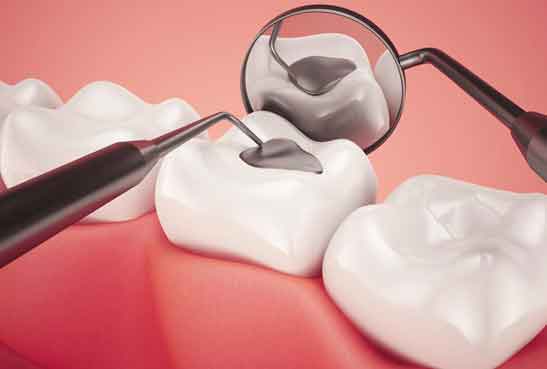
22 Jul Do Children Get Tooth Fillings and How Is the Procedure Performed?
When Do Children Require Tooth Fillings?
Young children may require tooth filling when they have any of the below problems with their teeth:
- Dental decay of baby teeth
- Tooth damage
- Tooth wear
- Developmental issues
- Baby teeth preservation
If a child is informed that they have cavities and require dental fillings, many kids may become anxious or afraid. As a consequence, parents could question whether they really need the tooth filling treatment.
Leaving a minor cavity untreated might lead to more complicated dental treatment later on. No parent wants their kid to have to face any dental procedures that can terrify or pain them. However, keep in mind, this delay may lengthen the amount of time needed to fix the problem and raise the final cost.
However, seeing a skilled pediatric dentist may help parents and children feel less anxious, and can get a detailed explanation of the procedure beforehand.
Type of Tooth Filling for Children
Composite resin is frequently used to for pediatric dental fillings. Two main components of composite resin fillings are Acrylic resin
and glass powder which make the fillings resilient and undetectable. This is often colored to blend in with a child’s natural teeth, which helps hide the filling.
Procedure for Dental Filling
The process normally begins with administering a sedative or local anesthetic. As a result, kid may have less discomfort both during the actual filling procedure and while it is being prepared.
Some kids may not need sedation and could feel completely at ease throughout the process while sitting in the chair. Others, though, could feel a touch tense or restless.
Laughing gas, often known as nitrous oxide, is the most widely used sedative. For anxious kids, this sedative offers a peaceful and relaxing experience. An oral sedative may be used for fillings in other children’s teeth.
Once the debris are removed and cavities are cleaned then the dentist will fill the cavity and seal it immediately with a UV light. The whole tooth filling procedure is swift and mostly painless. The sensitivity typically tapers down after two weeks, but it will eventually start to decline.
Care After Tooth Filling
The aftercare for your child’s dental filling is simple, but be sure to check with your dentist about any special instructions. Some general pointers are:
- In case your child experiences pain or discomfort, put a cold cloth on their face
- In case of severe pain then you may use children’s Aspirin or Ibuprofen
Of course, maintaining good dental hygiene is the best approach to avoid the tooth filling needs in children. Ensure that your youngster uses the recommended two minutes to wash their teeth twice daily. Introduce good flossing and teeth brushing practices once their teeth are large enough. Once your kid is old enough to understand not to swallow any, you may also educate them to use mouthwash, if your dentist suggests it.
If you have any questions about your child’s oral health please contact Dr. Alina @ at Kids Pediatric Dentistry in Allen, Texas. Our specialists will be happy to help you with any dental related questions.
Further Reading on Children Tooth Fillings
What to Expect for a Child’s Tooth Filling
Fillings in Baby Teeth: Are They Really Necessary?
